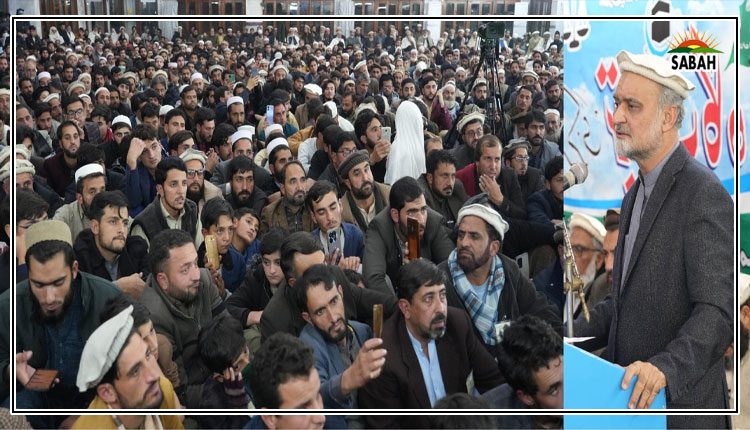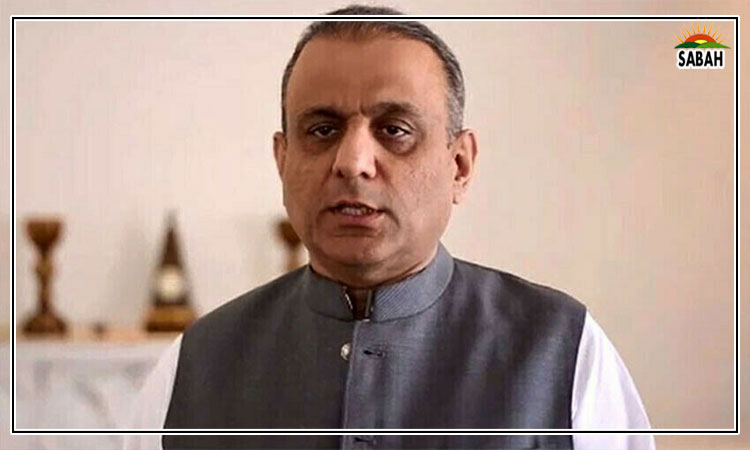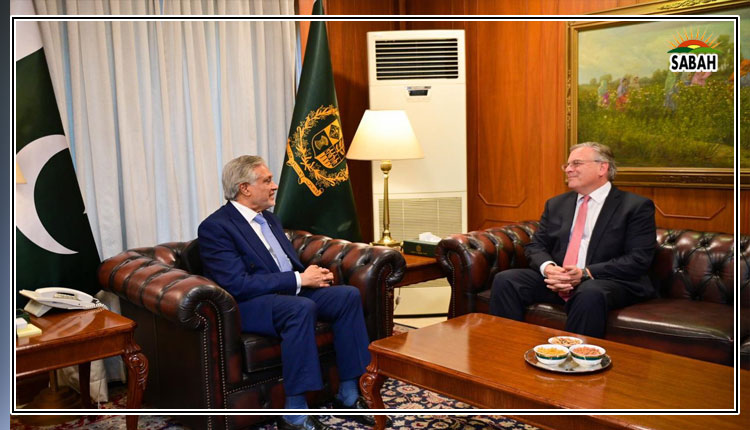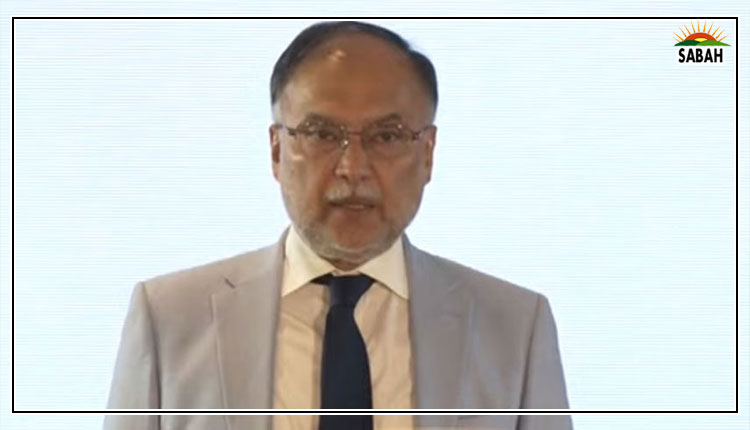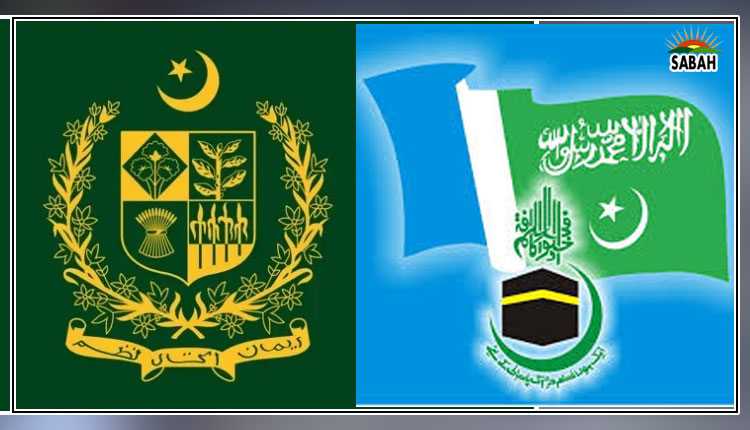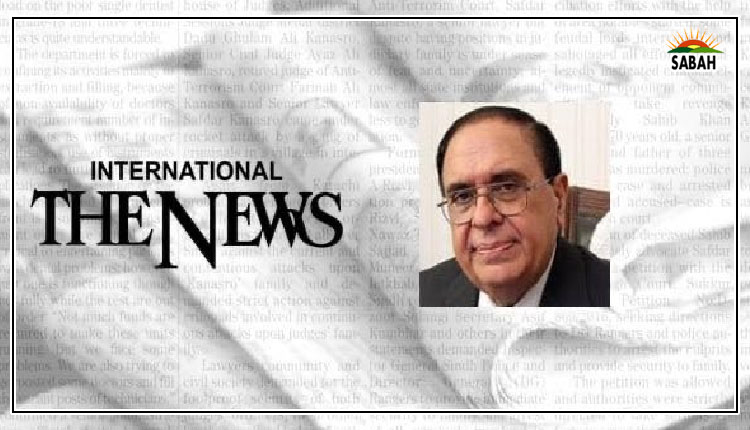HEC: highs and lows…Atta-ur-Rahman
A remarkable book on higher education titled Fostering Institutional Development and Vital Change in Africa and Asia was published recently by Fred Hayward (Palgrave Macmillan). Its chapter Pakistan. Top-down Transformation is devoted to the remarkable positive transformation of the higher education sector in Pakistan during 2002 to 2008 under my charge as the chairperson of the Higher Education Commission (HEC), and its subsequent sharp decline.
Dr Fred M Hayward along with a team of education experts visited universities across the country and critically evaluated the work done by the HEC to formulate and implement the medium-term development framework (MTDF) with primary focus on improvement in the quality of higher education and not just numbers.
The situation in 2002 when I took over as chairperson of the HEC was grim at best, with most universities in shambles. With the introduction of major quality reforms, this changed dramatically during the period 2002 to 2008 after the formation of the HEC and the introduction of our policies to reform and uplift the quality of higher education.
This is illustrated by the following conclusion reached by Dr Hayward: the transformation of higher education begun by the Higher Education Commission (HEC) in 2002 was built on the earlier work by Professor Atta-ur-Rahman when he was minister for science and technology. When he was appointed head of the HEC in 2002 by President Musharraf, he immediately pushed to upgrade and expand IT, established the digital library with access for all public and private higher education institutions, and a Pakistan research network to encourage and expand faculty research. The initial focus of new money from the government was on faculty development.
The HEC sent about 1000 faculty a year abroad for PhD training for several years. Each could apply for a $100,000 research grant when they returned with their PhDs. The HEC also made sure new PhDs had a job when they returned as assistant professors. Emphasis was on the sciences, and while these students were away, the HEC upgraded labs and bought state-of-the-art sophisticated equipment for them. They also set up a number of large labs in several regions available to all faculty members. The HEC had a remarkable 97.5 per cent return rate of those sent abroad.
While praising the quality of the HEC leadership and the programmes implemented to improve the quality of higher education, Fred Hayward says: especially important to success was the outstanding leadership and staff of the HEC. Professor Atta-ur-Rahman, (Chairman) was a true visionary and had the ability to bring on board the President of Pakistan, legislators, and most higher education leaders with his eloquence and brilliance. He was a noted organic chemist with many international awards for his research and writing. Among the most famous is his series: Studies in National Products Chemistry.
A number of successes occurred during this early period of implementation of the strategic plan, including the addition of distance education which became very popular. Enrollments grew in both public and private institutions from 183,000 in 2003-4 to 316,278 in 2006-7, an increase of 72 per cent….. The digital library provided access to over 20,000 research journals, e-books, and other materials for faculty members, staff, and students. This digital library later became a model for several other countries.
Funding increases, including for research, faculty travel, and conferences increased by 340 per cent from 2001/2 to 2005/6. The HEC was also able to improve the physical and technical infrastructure of higher education institutions. The commission worked hard to ensure merit-based appointments and promotions reviewing many institutions to guarantee quality. During this period, the number of higher education institutions increased from 44 in 1997 to 122 in 2008, an increase of 186 per cent. Overall, this period marked the impressive implementation of MTDF over five years Part of the success was due to the dogged effort of the HEC to improve quality and meet or better its institutions in relation to international standards.
Unfortunately, the progress made during 2003-3008 was not sustained subsequently because of lack of support for this vitally important sector by subsequent governments. This is described by Dr Fred Hayward as follows:
After five years of excellent quality improvement with substantial funding from both the Pakistan government and the World Bank, higher educations quality declined for the next decade. Much of this was due to lack of continued government support as well failure to inform and mobilize the public generally about the needs of higher education. At the time of writing in 2021, Pakistans education had still not recovered from this decline providing many examples of actions and disasters that can lead to the long-term failure and decline of higher education.
Hayward also highlights the subsequent destruction of the initial pioneering efforts and says, the crowning blow, however, came as a result of a Supreme Court order to the HEC to review the qualifications of members of parliament, whom by law were to have a higher education degree. The review by the HEC demonstrated that about 200 MPs, as well as the minister of education, had bogus degrees. A great deal of pressure was then put on the HEC to say these degrees were legitimate. The HEC refused to comply, but the remaining MPs were outraged and turned on the HEC.
The present situation of higher education is reflected by the statement in the book: as it stands now, the subsector does not compare well with its counterparts in the region, and unless profoundly reformed, it may become an obstacle to the continuation of the rapid economic grown, instead of becoming its main engine.
We need to re-strengthen the HEC in its original form and continue the transformation of the higher education sector that I had started so that Pakistan can migrate to a strong technology-driven knowledge economy. The future of Pakistan lies in the creation of abilities to manufacture and export high-technology goods to rapidly enhance its exports to a minimum of $100 billion within the next decade.
This is only possible by giving the highest national priority to education, science, technology and innovation by tripling the budgets to these critically important sectors and focusing on the manufacture and exports of IT products such as artificial intelligence (AI), Internet of Things (IoT), blockchain technologies, robotics, industrial biotechnology, minerals extraction and processing, engineering goods and other high value-added products. Pakistans future lies in its youth. Our government must change directions and unleash their creative potential if we are to stand with dignity in the comity of nations.
Courtesy The News


